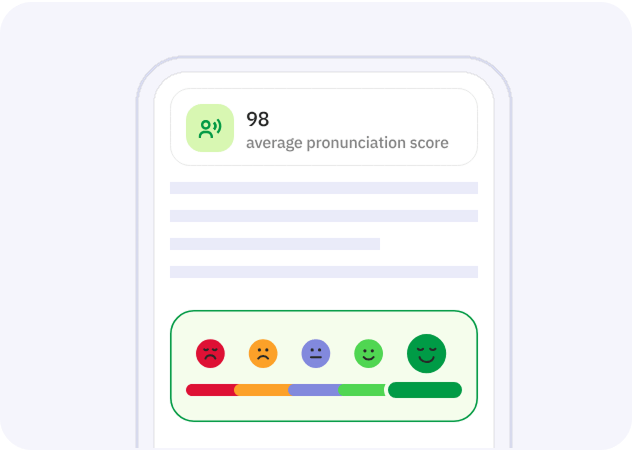El verbo "slant" en el idioma inglés se refiere a la acción de inclinar o poner algo en un ángulo que no es vertical ni horizontal. También puede referirse a dar un cierto sesgo o perspectiva particular a una presentación, narrativa o información, de manera que se enfatice un punto de vista específico. Este verbo puede utilizarse en diversos contextos, tanto físicos como figurativos, para indicar la inclinación o el ángulo con el que se aborda algo. El entendimiento de este verbo es esencial para captar matices en descripciones o argumentos que pueden estar orientados de una manera particular.
The roof was designed to slant downwards to avoid water accumulation.
She noticed that the picture frame started to slant to one side on the wall.
The journalist tended to slant his articles in favor of the political left.
The sunbeams slant through the window in the late afternoon, casting long shadows.
As he grew tired, his handwriting began to slant more and more.
The hill began to slant steeply as they climbed higher.
To avoid glare, she had to slant the blinds slightly.
The path through the park began to slant upward as they approached the bridge.
He adjusted the mirror to slant towards him so he could see better.
The discussion seemed to slant towards topics of lesser importance, avoiding the main issue.
I slant the picture to the left.
You slant your writing when you use a fountain pen.
He slants his head when he is confused.
She slants her eyes when smiling.
It slants towards the east.
We slant our approach to cater to different audiences.
They slant the news according to their bias.
I slanted the mirror slightly to avoid glare.
You slanted your report to favor your conclusions.
He slanted the rules to his advantage during the game.
She slanted the discussion subtly.
It slanted under the weight of the snow.
We slanted our hats against the sun.
They slanted their coverage of the event.
I will slant the floor to improve drainage.
You will slant your presentation to engage the audience.
He will slant the camera to capture a better angle.
She will slant the narrative to match her viewpoint.
It will slant more if not fixed soon.
We will slant our approach to be more inclusive.
They will slant their strategy to compete effectively.
I have slanted my efforts towards achieving peace.
You have slanted your investments towards technology stocks.
He has slanted his research towards renewable energy sources.
She has slanted her bookshelf to fit in the corner.
It has slanted too much over the years.
We have slanted our marketing to appeal to a younger demographic.
They have slanted the playing field in their favor.
I had slanted my writing before I learned to use a straight edge.
You had slanted the facts before the debate.
He had slanted the roof before the rains started.
She had slanted her opinion before hearing the other side.
It had slanted significantly before anyone noticed.
We had slanted our sails to catch the wind better.
They had slanted their articles to increase readership.
I will have slanted the floorboards by tomorrow.
You will have slanted your report by the end of the week.
He will have slanted his approach by the time we meet again.
She will have slanted her garden to prevent waterlogging.
It will have slanted too much if we don't stabilize it soon.
We will have slanted our efforts towards sustainability by next year.
They will have slanted public opinion by the time the policy is introduced.
La forma más eficiente de aprender un idioma
Prueba Talkpal gratis
Cada individuo aprende de una forma única. Con la tecnología de Talkpal , tenemos la capacidad de examinar cómo millones de personas aprenden simultáneamente y diseñar las plataformas educativas más eficientes, que se pueden personalizar para cada estudiante.

Recibe sugerencias y comentarios inmediatos y personalizados para acelerar tu dominio del idioma.

Aprende mediante métodos adaptados a tu estilo y ritmo únicos, garantizando un viaje personalizado y eficaz hacia la fluidez.
Talkpal es un tutor de idiomas basado en inteligencia artificial. Es la forma más eficaz de aprender un idioma. Chatea sobre una cantidad ilimitada de temas interesantes escribiendo o hablando mientras recibes mensajes con voz realista.


Talkpal, Inc., 2810 N Church St, Wilmington, Delaware 19802, US
© 2025 All Rights Reserved.